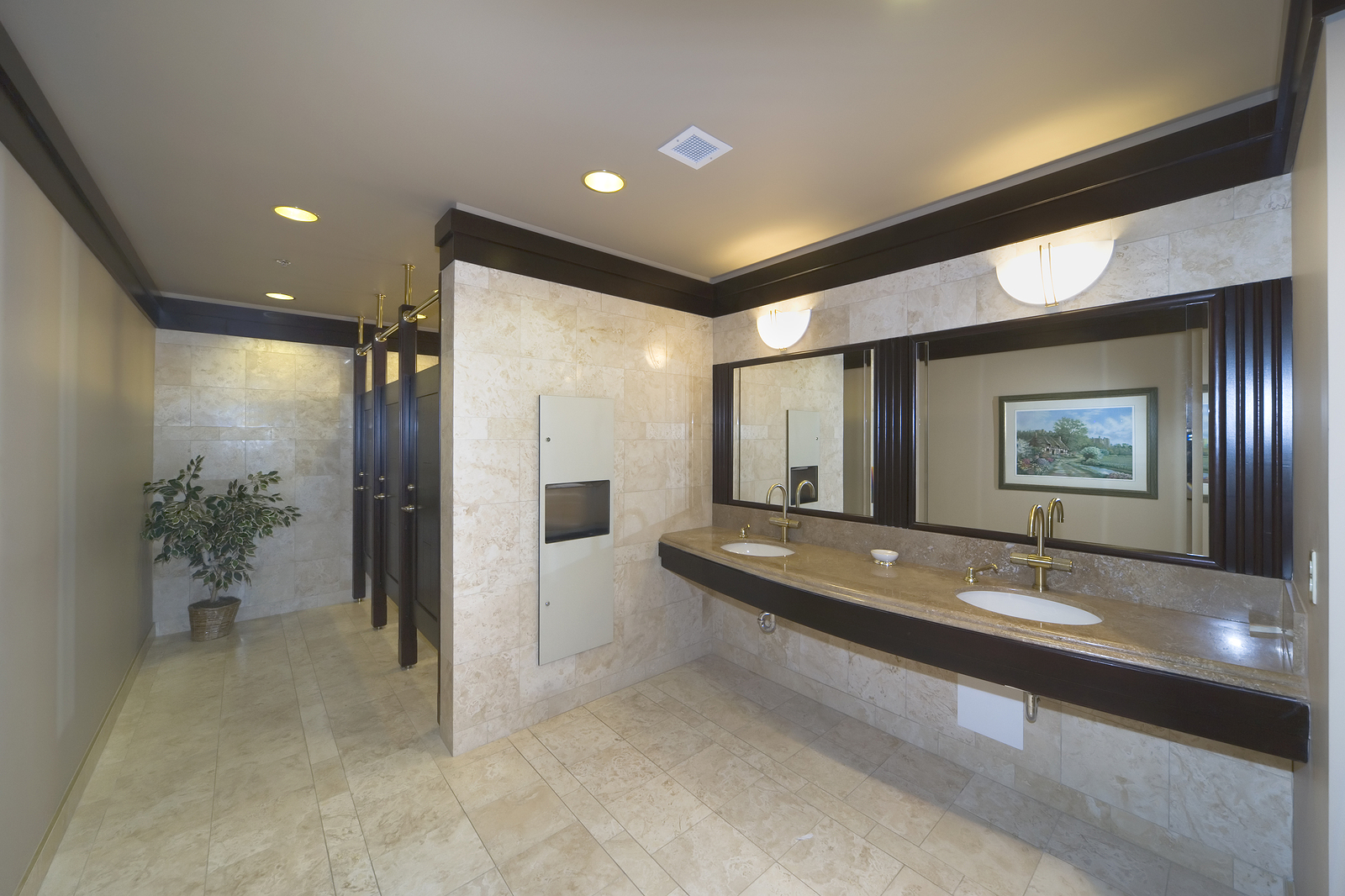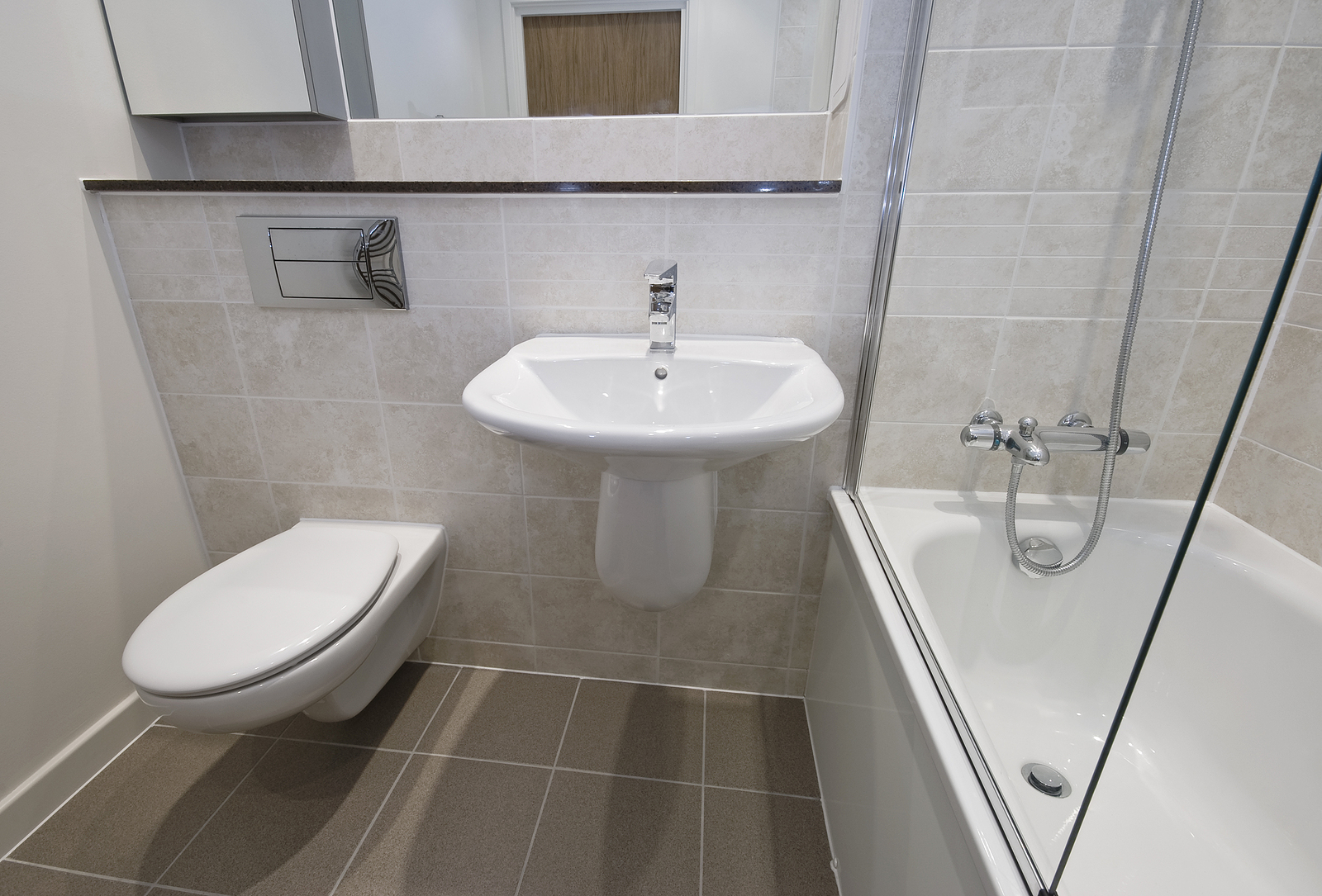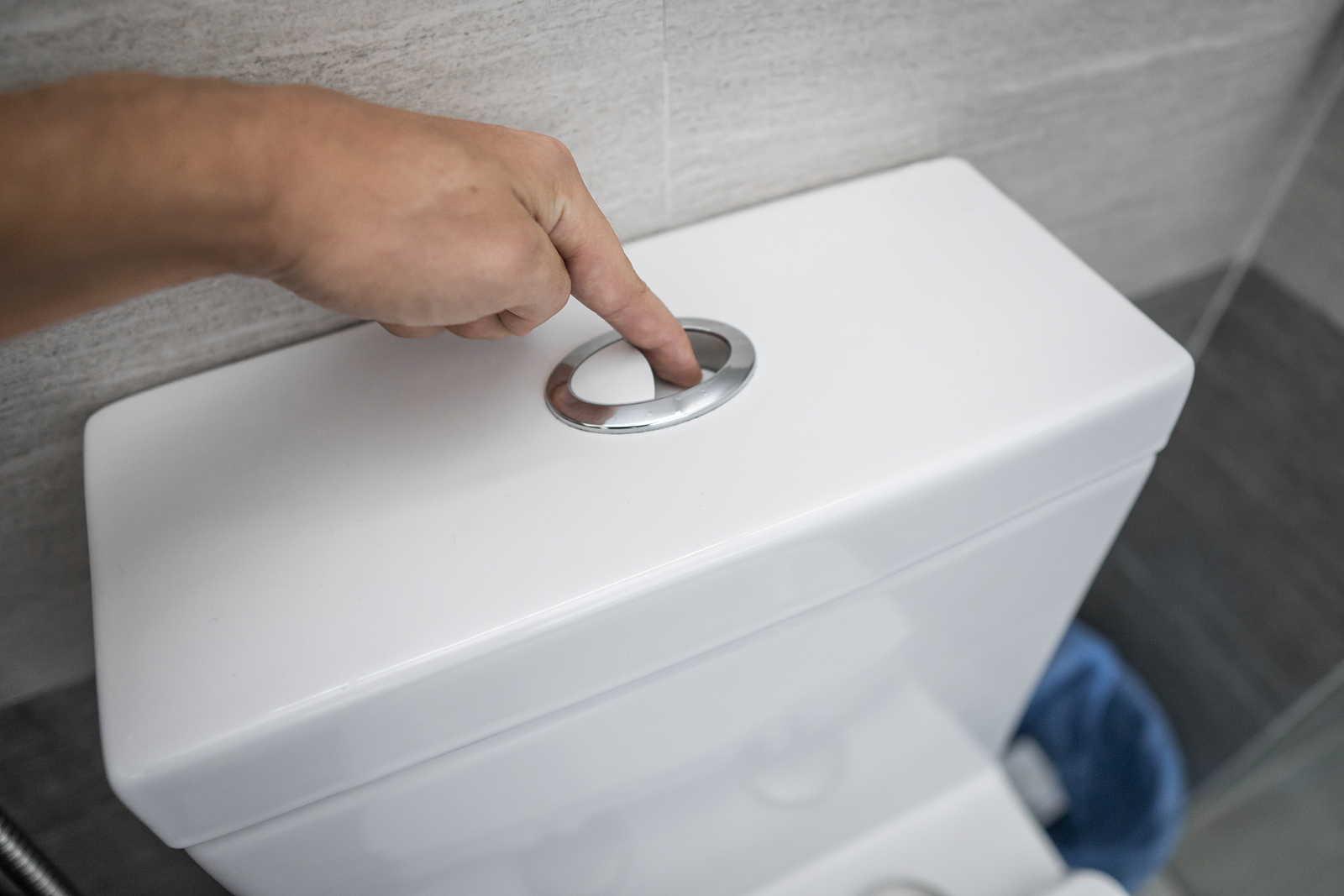

The importance of public washroom access cannot be understated, and the existence of clean, well-furnished toilet cubicles will determine where and for how long some people can be out in public.
This is such a critical phenomenon that it is known as the “loo leash”, and the closure of public toilets comes with much further-reaching implications than many would expect.
However, beyond increasing the number of public washrooms, another critical element is the accessibility of washrooms themselves, particularly with regard to a business’ obligations under the Equality Act to provide reasonable access to their services.
An important part of this is providing disabled and Changing Places toilets in as many public areas as possible, and one somewhat understated element of this is the incorporation of the RADAR National Key Scheme.
What are RADAR keys, and how can they provide both access and security?
An Open Or Shut Question
There are varying approaches to the addition of washrooms and particularly disabled washrooms, from an open set of cubicles at a proportion similar to HSE guidelines to a washroom that is primarily locked but is available for people when they need it.
Whilst far from true for every washroom, leaving disabled toilets open can sometimes pose a security or health risk, but the rather crude solution of an employee with a key has been a point of serious criticism and was a cause celebre of the early disability rights movement.
In an age before the Disability Discrimination Act 1995, there were few legal protections or legal requirements for disability access, which included disabled toilets.
This meant that for far too many people, their options were either unavailable, unsanitary or potentially completely inaccessible if the key to the toilet lock could not be found. It also did not help people who had invisible disabilities, such as irritable bowel syndrome.
This was fixed through the first major campaign of a major new advocacy charity, which whilst relatively small in size, made a huge difference.
Why Is It Called A RADAR Key?
In 1977, the Royal Association for Disability and Rehabilitation (RADAR) was established as an activist organisation that coordinated campaigns to reduce and remove disability discrimination through shifting policy, infrastructure, cost and attitudes.
The RADAR Key was a good example of the types of policy RADAR focused on. It was intended to bring together multiple organisations that focused on different aspects of a broader goal to ensure people with disabilities could live and work independently.
They worked with the National Centre for Independent Living, a network of CILs focused on enabling care in the community and advocating for changes in public spaces that would remove barriers to inclusion in society.
Rather than forcing people with disabilities to ask for a toilet to be unlocked or deal with unacceptable and unsuitable conditions, the RADAR key would be designed to work with a specific lock that would allow them to be opened with a single key.
This key was distributed for a nominal price to disabled people along with a yearly National Key Scheme guide, which listed the location of every washroom with a RADAR lock. There is a smartphone app which also serves the same function.
The key is also longer and has a larger bow than a standard key, so it can be more easily picked up and turned, ensuring that more people can use them without assistance.
Why Are They Vital For Public Washrooms?
RADAR keys were an effective and highly popular compromise, to the point that even though RADAR itself has merged with the National Centre for Independent Living and the Disability Alliance to form Disability Rights UK, the keys are still known officially as RADAR keys.
There are at least 10,000 toilets which use this system, although since registration is voluntary, there is likely to be far more than this, and they have become an essential lifeline to ensure many people can comfortably and safely enjoy public spaces without the fear of a new type of urinary leash.
However, the other reason why they are vital for public washrooms and why every customer-facing building that can install one likely should is because the RADAR key was one of the dominoes which led to the Disability Discrimination Act.
Disability rights movements had existed since the 1890s, but from the 1960s onwards, there was a fundamental shift towards making reasonable adjustments to ensure that people with disabilities were treated as equals without barriers placed (inadvertently or otherwise) in their way.
The RADAR key and later initiatives such as Changing Places proved that small adjustments could make a huge difference.




